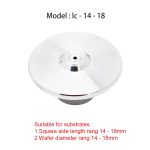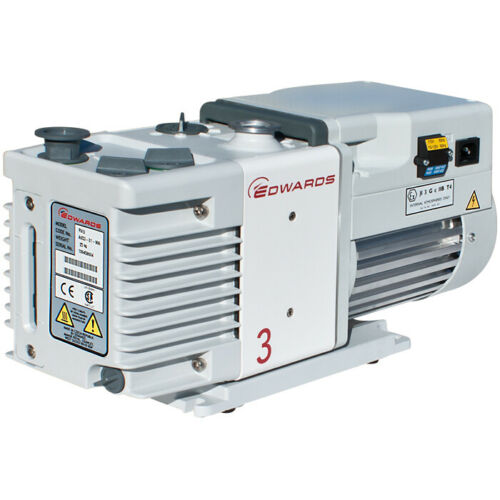
Methods of Reducing the Leakage Rate of Vacuum System
The structure of vacuum system is the key to affect the air tightness and air leakage rate of vacuum system. Whether the structure of vacuum system is reasonable or not will directly affect the air tightness and air leakage rate of the system.
- The dead angle of small curvature radius shall be avoided as much as possible, and the smooth transition shall be checked, polished and cleaned.
- For the pipes connected with the vacuum chamber, such as suction pipes and air supply pipes, arc transition shall be adopted to make the air path unobstructed, but the convenience of cleaning and cleaning shall be considered.
- Carefully design the structure of various connectors in the vacuum chamber to make the air path unblocked and avoid air path blockage.
- Grinding and polishing the inner surface of vacuum system, the brighter the surface, the more difficult it is to absorb gas, and the easier it is to obtain vacuum.
- Reduce the volume of vacuum chamber as much as possible and shorten the pipeline system.
Selection of sealing form
The sealing form can be selected according to the vacuum degree required and the actual work needs. For the artificial crystal growth equipment, the vacuum degree required is generally below lo-3pa, so metal sealing is not needed. Taking tdr-70 single crystal furnace as an example, we choose magnetic fluid seal as rotary dynamic seal, high-precision and large expansion welded bellows as mobile seal, O-ring or Wilson seal as rotary seal for small diameter shaft, and 0-ring seal for various static seals, with a diameter compression ratio of 25%.
Selection of seal material: for vacuum system with vacuum degree below lo-3pa, rubber seal ring is generally selected to meet the requirements. However, considering the needs of the actual working conditions (the maximum temperature in the vacuum chamber can reach 2300oc, the temperature of the sealed part after water cooling is around 80oC, and the temperature of the individual other parts can reach more than 100oC). Therefore, the ideal sealing ring material should be selected
For vacuum sealing rubber material, it is not only required to have smooth surface, no scratch, no crack, but also required to have low permeability and out gassing rate, good heat resistance and oil resistance, as well as certain strength, hardness and elasticity.






